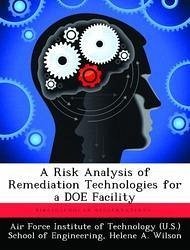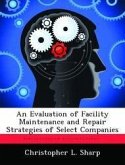The Department of Energy is responsible for selecting a remediation technology to cleanup the Waste Area Group (WAG) 6 site at the Paducah Gaseous Diffusion Plant (PGDP) in Kentucky. WAG 6 is contaminated with an uncertain amount of trichloroethylene (TCE) and technetium-99 (Tc-99). Selecting a remediation technology involves a certain degree of risk because many of these technologies are new or proven only for a specific type of contaminant or a particular set of site conditions. Differences between contaminant type and site conditions are enough to make the performance of a remediation technology uncertain. This research identifies the technological risks of two remediation technologies: Dynamic Underground Stripping (DUS) and In Situ Chemical Oxidation (ISCO). Risk is defined as the likelihood of undesirable events occurring during the implementation of a technology at WAG 6. These risks were divided up into two categories: acceptable risks and unacceptable risks. For unacceptable risks, technological "fixes" were developed to reduce the probability of occurrence. Further investigations into DUS's technological risks determine the effects these risks have on CERCLA's five balancing criteria. Incorporating the technological risks and their effects into a decision analysis model produces a risk profile for DUS. The results of this research provided the decision makers at WAG 6 with insights into the performance risks for Dynamic Underground Stripping and In-Situ Chemical Oxidation.
Hinweis: Dieser Artikel kann nur an eine deutsche Lieferadresse ausgeliefert werden.
Hinweis: Dieser Artikel kann nur an eine deutsche Lieferadresse ausgeliefert werden.








